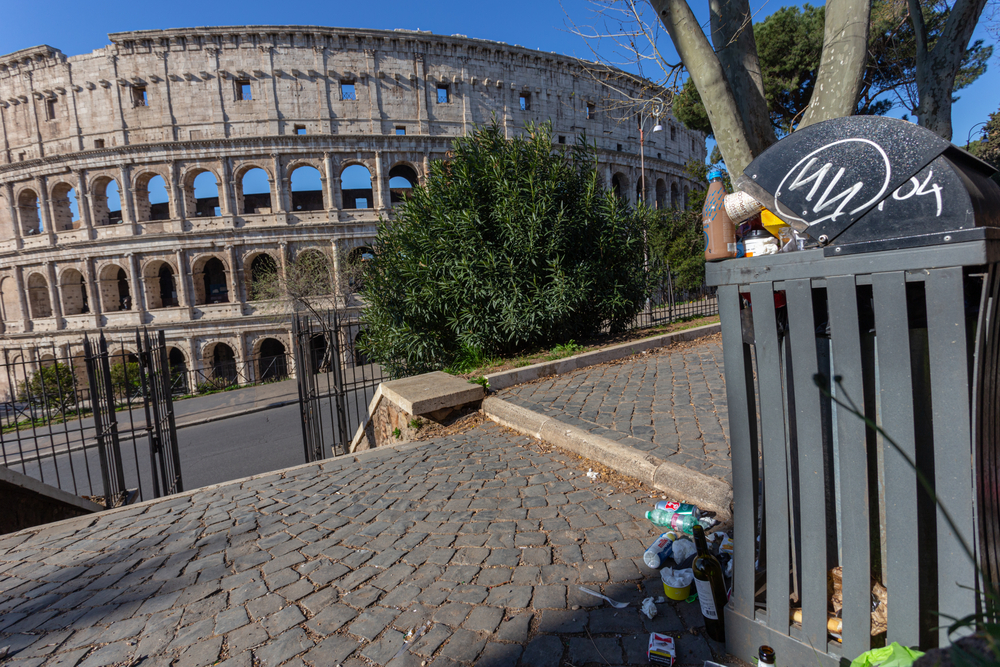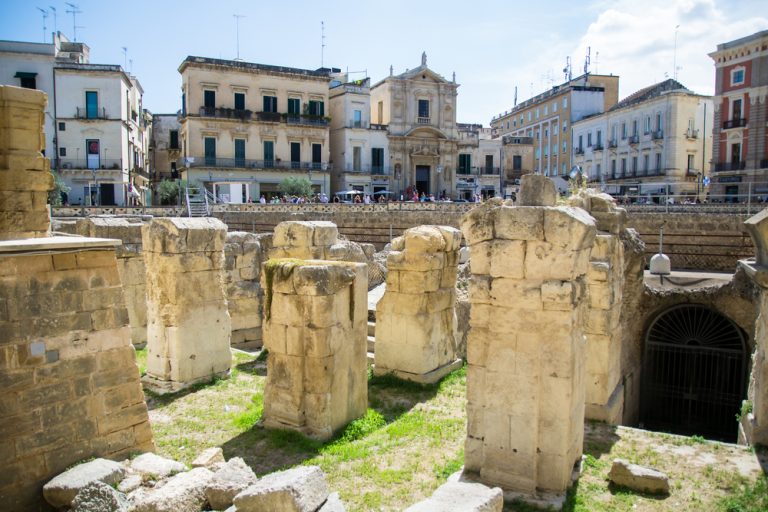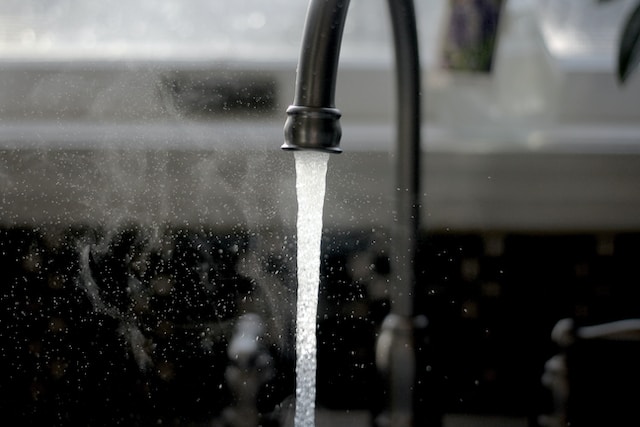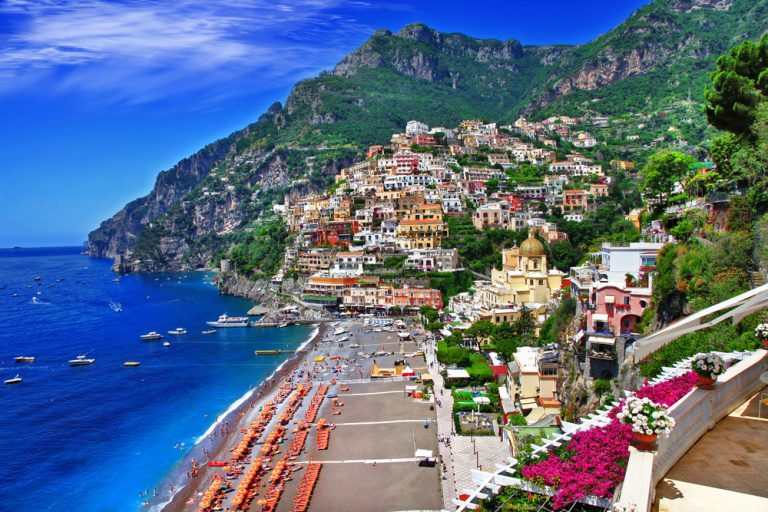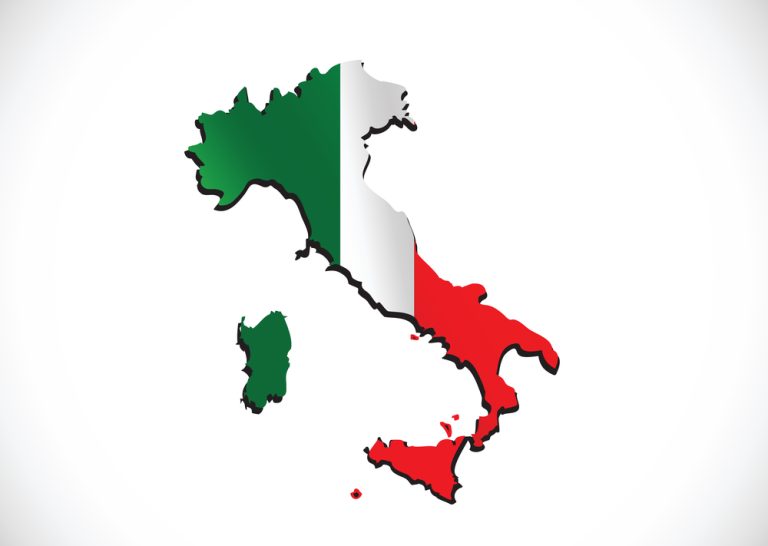Unlocking The Mystery: Why Is Rome So Dirty And How Can We Help?
Ah, Rome, the Eternal City, famed for its historic architecture, mouth-watering cuisine, and… litter? Unfortunately, yes. Rome has been grappling with a cleanliness crisis. But fear not, dear reader, for I am here to delve into the main causes of dirt and litter in Rome, its impact on the city’s tourism and heritage sites, and the government’s efforts to maintain cleanliness.
Rome is grappling with a significant garbage problem influenced by inadequate waste management infrastructure, a surge in tourism, and, sadly, a lack of civic sense among some locals and tourists. This situation affects not only Rome’s image and tourism but also the health of its residents and the preservation of its precious heritage sites.
Join me as we explore the impact of tourism on Rome’s cleanliness, the role of locals, the cultural and historical factors contributing to Rome’s dirtiness, and the initiatives taken to combat this issue. Let’s unravel how we, as responsible citizens and travelers, can contribute to keeping Rome pristine and glorious.
Taxi in Rome, learn more about it here:
Main Causes of Dirt and Litter in Rome
The dirtiness in Rome is not a one-dimensional issue; it’s a cocktail of problems. First and foremost, the city’s waste management infrastructure has been staggering under the pressure for years, leading to overflowing bins and litter scattered on the streets.
Secondly, the tidal wave of tourists, while a boon for the economy, has contributed to the littering problem. Some visitors, either unaware or indifferent to local customs and regulations, dispose of their waste improperly, impacting Rome’s cleanliness.
Lastly, there is, unfortunately, a lack of civic sense among some locals and tourists alike. Despite efforts by the municipality and various organizations to raise awareness about the importance of maintaining cleanliness, some individuals continue to litter, exacerbating the problem.
Why Rome, Despite Its Dirtiness, Remains the Best City to Visit
When it comes to cities steeped in history, culture, and sheer breathtaking beauty, Rome is second to none. Yes, Rome has a dirtiness issue, which we’ve discussed at length in this post. However, that should not deter you from visiting this magnificent city. Here’s why Rome, even with its cleanliness challenges, remains the best city in the world to visit:
- History Comes Alive: Rome is like an open-air museum. Every corner you turn, every cobblestone street you walk on, is steeped in history. From the Colosseum, where gladiators once fought, to the Roman Forum, the heart of ancient Rome, the city is a living testament to a civilization that has shaped the world as we know it.
- Architectural Marvels: The city boasts some of the world’s most iconic architectural wonders – the Colosseum, the Pantheon, and St. Peter’s Basilica, to name just a few. The sheer artistry and engineering prowess displayed in these structures are awe-inspiring.
- Artistic Heritage: Rome is home to an unparalleled artistic heritage. Masterpieces by legendary artists like Michelangelo, Caravaggio, and Bernini can be found all around the city, from the Vatican Museums to the churches and galleries scattered throughout the city.
- Culinary Delights: Italian cuisine is beloved worldwide, and Rome is the perfect place to savor authentic Italian dishes. From pasta carbonara to supplì, Roman cuisine is a gastronomic adventure that will delight your taste buds.
- Vibrant Local Culture: Despite the hustle and bustle, there’s a laid-back charm to Rome that’s infectious. The Romans know how to enjoy life, whether it’s sipping an espresso at a sidewalk cafe, enjoying a leisurely passeggiata (stroll), or chatting with friends in a picturesque piazza.
- Gateway to Italy: Rome’s central location makes it an ideal starting point for exploring other parts of Italy. Whether you want to venture north to Florence and Venice or south to Naples and the Amalfi Coast, Rome is a convenient base for your Italian adventures.
While Rome’s dirtiness is a concern, it’s important to remember that no city is perfect. The key is to approach our travels with a responsible and sustainable mindset. By being mindful of our actions and making an effort to minimize our impact, we can contribute to preserving the beauty and heritage of this incredible city.
So, despite its challenges, Rome remains an unmatched destination, offering a rich tapestry of experiences that will stay with you long after you’ve returned home. Let’s all do our part to keep Rome magnificent for generations to come. After all, as the saying goes, “Roma, non basta una vita” – a lifetime is not enough to see Rome.
Prepare yourself for Rome:
More Information About The Litter Situation In Rome
Impact of Tourism on Rome’s Cleanliness
Tourism is a double-edged sword for Rome. On the one hand, it fills the city’s coffers, but on the other hand, it contributes to the dirtiness. High foot traffic in tourist areas leads to an accumulation of litter, and not all visitors are conscientious about disposing of their waste properly. Additionally, illegal street vendors, a common sight in tourist areas, add to the problem by leaving behind trash.
Government Efforts to Maintain Cleanliness in Rome
The city’s government has been rolling up its sleeves and implementing several initiatives to tackle the cleanliness issue. These include increasing the number of trash bins, slapping fines for littering, and launching awareness campaigns to educate both locals and tourists about the importance of keeping the city clean. However, despite these efforts, the problem stubbornly persists.
Role of Locals in Maintaining Cleanliness in Rome
The locals play a crucial role in maintaining the cleanliness of Rome. Many Romans take pride in their city and make efforts to keep it clean by disposing of their waste properly and participating in community clean-up events. However, there are still some who neglect their civic duties, contributing to the problem.
Cultural and Historical Factors Contributing to Rome’s Dirtiness
Rome’s history and culture also play a role in its cleanliness issues. The city’s ancient infrastructure is not equipped to handle the modern-day waste generated by its residents and visitors. Additionally, the Italian culture of ‘furbizia,’ which translates to cunning or craftiness, sometimes manifests as a disregard for rules and regulations, including those related to waste disposal.
Consequences of Rome’s Dirtiness on Its Heritage Sites
Rome’s dirtiness has severe consequences for its heritage sites. Litter and graffiti not only mar the beauty of these historical landmarks but can also cause irreversible damage. The accumulation of waste attracts pests, which can lead to infestations that pose a threat to the preservation of these sites.
Comparison of Cleanliness Between Rome and Other European Capitals
When compared to other European capitals, Rome, unfortunately, lags behind in terms of cleanliness. Cities like Vienna and Amsterdam have more effective waste management systems and a stronger civic sense among their residents, which contributes to their cleaner appearance.
Most Common Types of Litter Found in Rome
The most common types of litter found in Rome include cigarette butts, food wrappers, plastic bottles, and cans. These items are not only unsightly but also pose a threat to the environment, as they take a long time to decompose.
Steps for Tourists and Locals to Keep Rome Clean
It’s imperative for both tourists and locals to take active steps to keep Rome clean. These include disposing of waste properly, avoiding single-use plastics, and participating in clean-up events. Additionally, respecting the city’s heritage sites by not defacing them with graffiti or litter is of paramount importance.
Impact of the COVID-19 Pandemic on Rome’s Cleanliness
The COVID-19 pandemic has had a mixed bag of effects on Rome’s cleanliness. On one hand, the reduction in tourism led to less litter in tourist areas. On the other hand, the increased use of disposable masks and gloves contributed to the accumulation of waste.
Successful Cleanliness Strategies from Other Cities for Rome
Rome can take a leaf out of the book of other cities that have successfully tackled cleanliness issues. For example, Amsterdam has a well-organized waste management system, and Tokyo has instilled a strong sense of civic responsibility among its residents.
Challenges Faced by Rome’s Municipal Cleaning Services
Rome’s municipal cleaning services face several challenges, including an inadequate budget, aging infrastructure, and a lack of personnel. These challenges hinder their ability to effectively manage the city’s waste and maintain cleanliness.
Effect of Rome’s Dirtiness on the Health of Its Residents
The dirtiness of Rome not only affects its image and heritage sites but also the health of its residents. Accumulation of waste attracts pests, which can lead to infestations and the spread of diseases. Additionally, litter and graffiti contribute to a sense of neglect and can affect the mental well-being of the residents.
Initiatives and Campaigns Promoting Cleanliness in Rome
Several initiatives and campaigns have been launched to promote cleanliness in Rome. These include community clean-up events, awareness campaigns, and educational programs in schools. However, for these initiatives to be successful, it is essential for both locals and tourists to participate actively and take responsibility for their actions.
Useful Italian Phrases for Tourists in Rome
Navigating a foreign city can be challenging, especially when there is a language barrier. To make your trip to Rome more enjoyable and to help you contribute to keeping the city clean, here are some useful Italian phrases and vocabulary:
Keeping the City Clean:
- Non gettare rifiuti a terra – Don’t throw trash on the ground.
- Usare i cestini – Use the trash bins.
- Rispettare l’ambiente – Respect the environment.
- Riciclare i rifiuti – Recycle the waste.
- Non sporcare i monumenti – Don’t deface the monuments.
- Evitare l’uso di plastica monouso – Avoid using single-use plastics.
- Partecipare alle iniziative di pulizia – Participate in clean-up initiatives.
- Educare gli altri sull’importanza della pulizia – Educate others about the importance of cleanliness.
- Non lasciare rifiuti nei luoghi pubblici – Don’t leave trash in public places.
- Rispettare le regole di pulizia della città – Respect the city’s cleanliness rules.
General Phrases for Tourists:
- Dove si trova il cestino più vicino? – Where is the nearest trash bin?
- Dove posso comprare una bottiglia d’acqua riutilizzabile? – Where can I buy a reusable water bottle?
- Dove posso trovare un punto di riciclo? – Where can I find a recycling point?
- Come posso raggiungere il centro città senza usare l’auto? – How can I get to the city center without using a car?
- È possibile noleggiare una bicicletta qui? – Is it possible to rent a bicycle here?
- Dove posso comprare cibo locale ed ecologico? – Where can I buy local and organic food?
- Quali sono le regole locali sui rifiuti e sul riciclaggio? – What are the local rules on waste and recycling?
Useful Vocabulary:
- Cestino – Trash bin
- Rifiuti – Waste
- Riciclaggio – Recycling
- Bottiglia d’acqua riutilizzabile – Reusable water bottle
- Cibo locale ed ecologico – Local and organic food
- Punto di riciclo – Recycling point
- Noleggiare – Rent
By using these phrases and following these practices, you can help preserve the beauty and heritage of Rome. Let’s all do our part to keep this magnificent city clean and beautiful for generations to come!
More useful info when visiting Rome:
Conclusion
Rome’s cleanliness crisis is a multi-faceted problem with deep-rooted causes and far-reaching consequences. However, with concerted efforts from the government, locals, and tourists, it is possible to turn the tide and restore the city to its former glory. Let’s all do our part to keep Rome clean and beautiful for generations to come.
Unearth Rome’s best-kept secrets and hidden gems that even locals rave about! Dive into our ultimate sightseeing guide 🏛️🍝🍷. Trust me, you won’t want to miss this!

